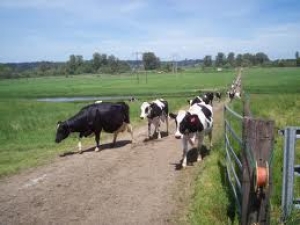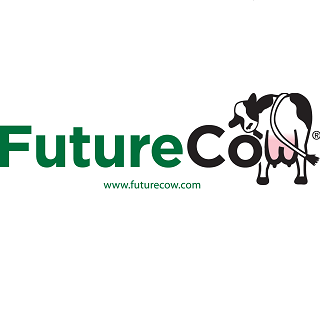World Markets

It is not Canada's trade stance that is hypocritical. While Canada has a great deal of export interests in agriculture (world's 4th largest exporter), Canada is also the 6th largest importer of agricultural products.
“Yes, but what about Canada's supply-managed sectors,” you ask. Well, contrary to the perpetuation of the trade hypocrisy myth put out by people like Tim Groser, as quoted in your editorial, Canada is not a closed market for dairy and poultry. Canada is the 16th largest importer of chicken in the world and the 3rd most valuable market for US chicken exports.
Where does free trading New Zealand stand in the rank of global chicken imports? At or near the bottom. Why? It is not because New Zealanders would not like to be able to buy high quality chicken. It is because New Zealand does not allow chicken to be imported. It is illegal to import raw poultry, fresh or frozen into New Zealand.
We live next door to the largest poultry producer in the world. New Zealand hides behind its natural trade barrier of being a small market 12,000 kms away from any competition. And if that is not enough, it hides behind its pristine biosecurity claims to ensure it has no competition.
Supply management has never stood in the way of Canada successfully negotiating any trade agreements with other countries. In fact, the Canadian government has successfully negotiated the WTO Uruguay Round and nine other trade agreements since 1994, which have all opened up markets while preserving supply management.
As far as the Trans-Pacific Partnership (TPP) is concerned, no supply managed commodity has any objections to Canada entering into the negotiations. We expect that the government will be able to negotiate a TPP agreement that benefits all of Canadian agriculture.
Canada: Not a Closed Market
When critics argue that Canada stands alone with supply management, it is because we stand alone in providing clean, consistent and transparent access to our market, while other countries hide behind phony non-tariff barriers. While many countries have implemented protectionist measures in the past two years, Canada has maintained the access it has always provided to its chicken market; access that is almost twice our WTO commitment.
Tariffs Don’t Make Canadian Chicken More Expensive
Ms. Johnston speaks about the tariffs within the supply management system in Canada. For chicken, the reality is that nobody pays the over-quota tariff. All our imports enter Canada at the in-quota duty which ranges from 0 to five per cent. The purpose of the over-quota tariff is simply to determine the volume of chicken imports that enter Canada.
The tariff rate quota provides certainty to both exporters and the domestic industry. Exporters benefit from consistent access to the Canadian market, without any of the games that other countries play in order to limit access by other means. The chicken industry benefits from the certainty of the level of imports, which allows the Canadian chicken industry to plan its production accordingly to meet consumer demand.
Cost of Food – Consumers Don’t Pay More Because of Supply Management
Let's be clear - Canadians get great value for the food they consume. Canadians only spend about 10 per cent of their disposable income on food. Still, we regularly deal with claims from journalists who believe that consumers pay higher prices for their products as a direct result of supply management.
Supply management isn’t to blame for food prices. Dismantling it won’t help anybody. In countries where industries have been deregulated, farmers’ incomes have dropped substantially, while consumer prices have not followed suit.
Chicken farmers do not set retail prices. Those are set by retailers. The price of chicken varies widely from week to week, from region to region, from store to store and from product to product.
As the live price that farmers receive for their chicken is only a small portion of what consumers pay for chicken, getting rid of supply management will not translate into a benefit for consumers. The farmer share of a restaurant meal is about 10 per cent or less of the menu price of the item.
When you add in the taxes and tip, the farmer share shrinks even further. In fact, the waiter's tip is usually larger than what the farmer receives – and all he or she did was walk your food to the table.
It’s easy to sit back and make judgements from a position when you’re thousands of kilometres away from your nearest competition. When critics argue that Canada stands alone with supply management, it is because we stand alone in providing clean, consistent and transparent access to our market, with no government subsidies, while other countries hide behind phony non-tariff barriers.
Further Reading
| - | Go to our previous news item on this story by clicking here. |






















